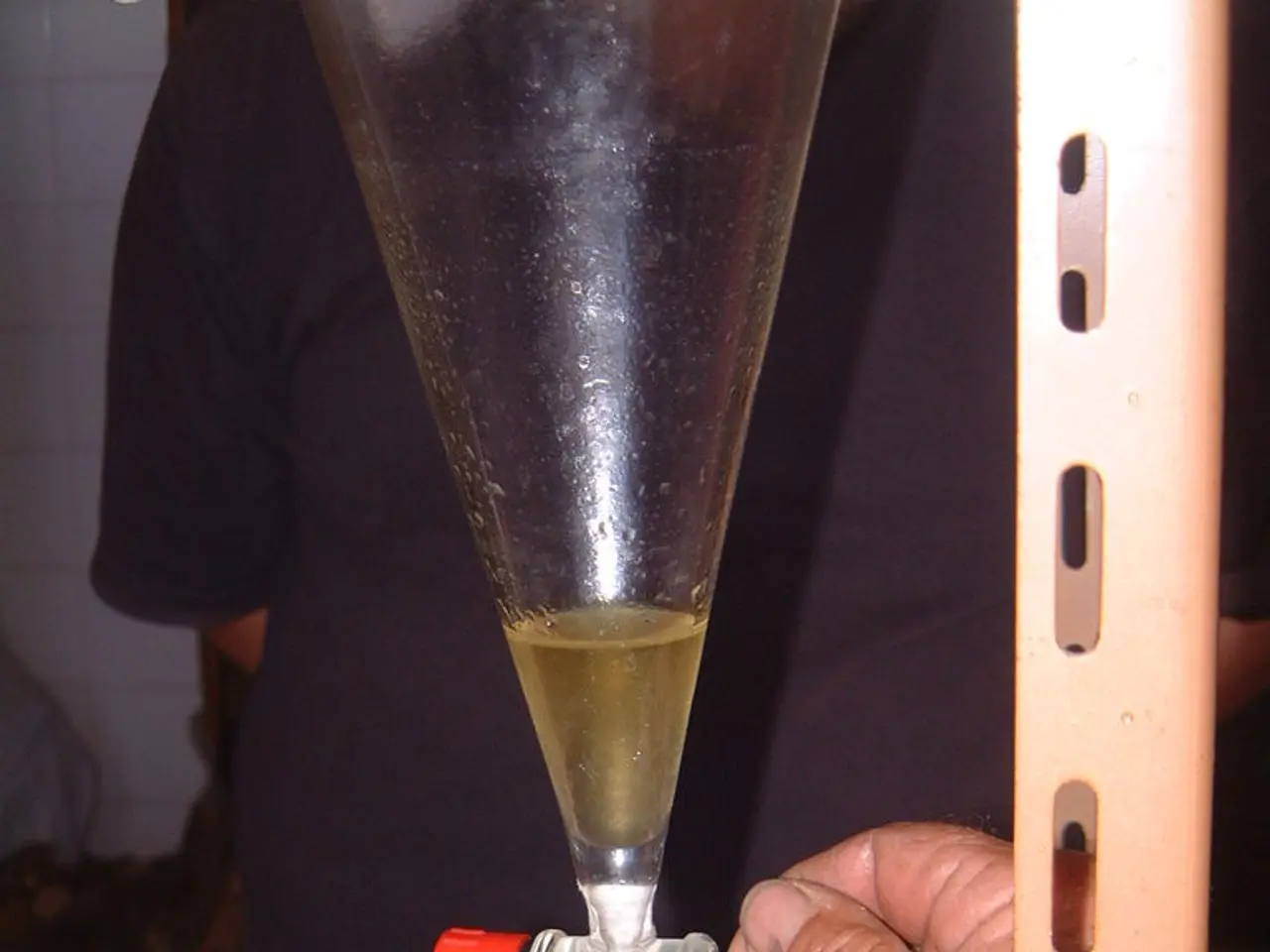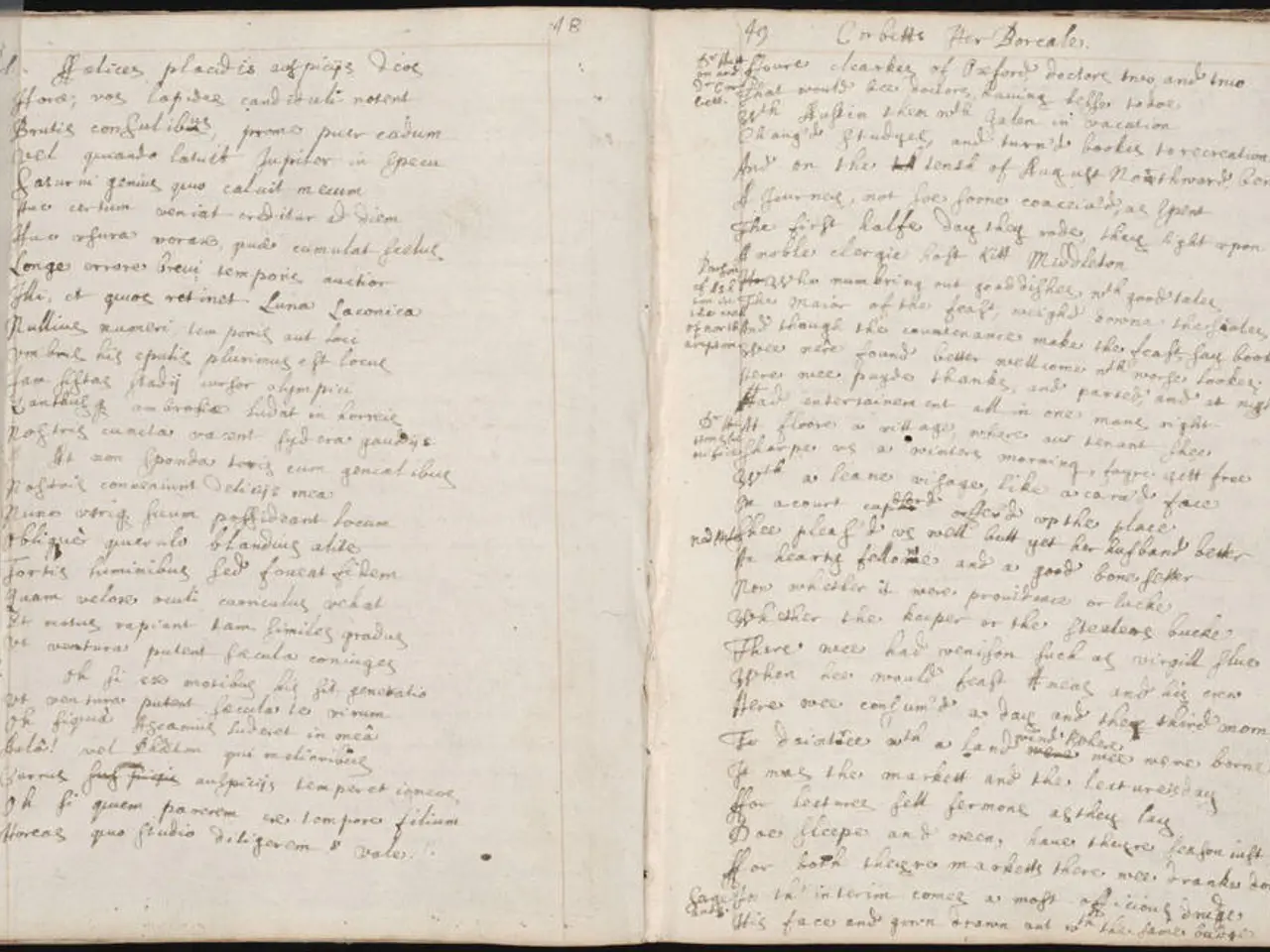Brewing Technique Mastery: A Beginner's Roadmap to Step Mashing Success
=================================================================================================
In the art of brewing, three distinct mashing techniques are used to convert starches in malted grains into fermentable sugars: infusion mashing, step mashing, and decoction mashing. Each method offers unique advantages and is preferred by some brewers over others.
Infusion Mashing
Infusion mashing, a modern and simple method, involves mixing grains and water in a single vessel and maintaining a consistent temperature throughout the process. This is achieved by adding hot water or heating the mash vessel directly. This technique allows for easier process control and is commonly used in many breweries.
Step Mashing
Step mashing, also known as temperature-programmed mashing, is a subtype of infusion mashing where the mash temperature is raised in stages (steps), holding at different rests to activate various enzymes. This method allows brewers to precisely control the sugar makeup, affecting body and alcohol content.
Decoction Mashing
Decoction mashing is the most traditional and original way of mashing, historically respected, particularly in German and Czech lagers. This technique involves removing a portion of the mash (often thick solids), boiling it separately, then returning it to the main mash to raise the temperature. This can be repeated for multiple steps. Decoction mashing can help with extracting more malt character, increasing the hot break and clarity of wort, and potentially developing superior foam.
Proper equipment is essential for achieving desired mashing results, such as having another vessel to boil the mash for the decoction method.
Comparing the Methods
Each method offers its own advantages and disadvantages. Infusion mashing is simple and modern, while step mashing allows brewers complete control over their brew, tailoring body and flavor from their malt as much as possible. Decoction mashing, on the other hand, can be more complex and time-consuming, but it is renowned for producing superior foam and extracting more malt character.
In conclusion, the choice of mashing technique depends on the brewer's preferences, equipment availability, and the desired characteristics of the final beer. Whether seeking a modern, simplified process or a traditional, complex approach, there is a mashing technique to suit every brewer's needs.
[1] Modern Brewing Techniques: Brewing Science and Practice [2] Brewing: The Art and Science of Craft Beer [3] Mastering Homebrew: A Practical Guide to Brewing Better Beer [4] Brewing Lager Beer: The Science of Brewing and the Art of Brewing Lager Beer
- The new brewer interested in lifestyle, technology, and food-and-drink may find modern brewing techniques, such as infusion mashing, an attractive and accessible starting point for their craft.
- Pursuing education-and-self-development in the art of brewing, a brewer could delve into the nuances of temperature-programmed mashing (step mashing) to gain precise control over their brew's sugar makeup, ultimately affecting body and alcohol content.
- For the brewer who appreciates tradition and seeks a more complex, time-consuming approach, the decoction mashing technique – historically respected in German and Czech lagers – could offer a superior final product in terms of foam and malt character, thereby bolstering their craft brewery's reputation in the food-and-drink industry.




